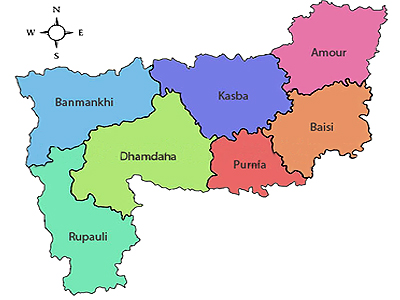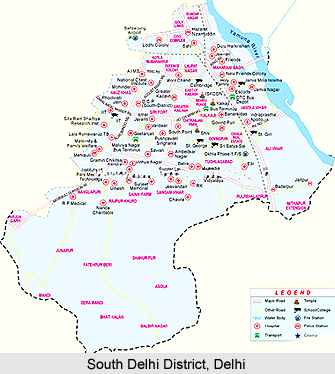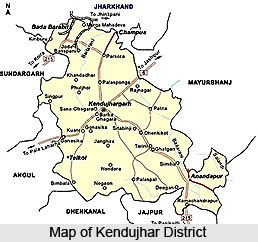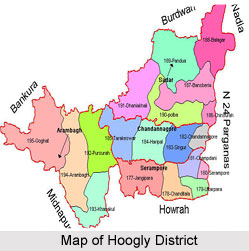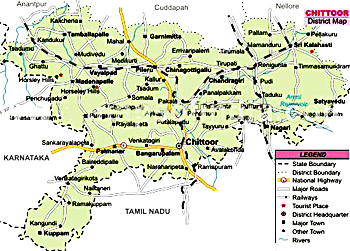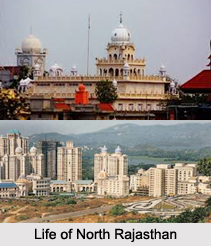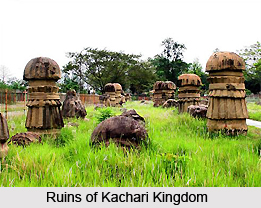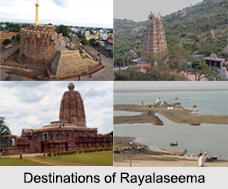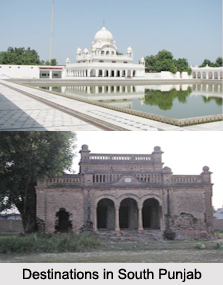Revenue system of the Mughal Empire underwent several changes from the time of the first Mughal ruler till the time of later Mughal Emperors. Major sources of the income of the Mughal emperors were one fifth part of the loot in the war, trade-tax, mint, unclaimed property, income from industries run by the state, annual tribute and presents from feudatory kings and mansabdars and most importantly land-revenue. Babur and Humayun imposed Jizya on the Hindus and Zakat on the Muslims. Akbar abolished these religious taxes; Aurangzeb revived them during his reign. Revenue from land was the biggest source of income of the state.
Mughal Emperor Babur distributed all land as Jagirs to his nobles. Humayun took no step to bring about any major change. Humayun, when he recaptured his empire, revived the old Jagirdari system. Akbar was, therefore, the first Mughal emperor who established a sound revenue administration. During early period of his rule, he made several experiments in this field but did not get much achievement. Ultimately, the system which he introduced with the help of Raja Todar Mal succeeded. That system has been called Dahsala system.
In 1580, the Dahsala system was introduced and it was stated as permanent. Raja Todar Mal was the diwan at that time and his deputy was Khwaja Shah Mansur. Historians have expressed diverse opinions regarding this system. However, the most admired features of this system were that instead of a hempen rope, the land was measured by bamboos which were joined together by iron rings. One unit of land was called bigha and the land was divided into four categories namely the Polaj-land which was cultivated every year; the Parauti-land which was sometimes left uncultivated for a year or two; the Chachar-land was left uncultivated for three or four years; and the Banjar-land was left uncultivated for five years or more. The average yield per bigha of each kind of land in respect of every crop was ascertained separately in every Pargana on the basis of past ten years` produce. That average was regarded as the standard produce of that land and on its basis revenue was fixed with the cultivator for the next ten years.
The demand of the state was one third of the average produce of the land. The cultivators were asked to pay the revenue in cash. For this purpose, the prices of every cereal were fixed in different localities on the basis of local prices. The government officers, of course, maintained annual account of the area and quality of land in possession of a cultivator, its produce, kind of produce and the prevailing prices of all cereals in every dastur because that was essential to fix up revenue in future but, the revenue was not fixed up every year nor the prices of cereals were fixed up every year as both were fixed up for ten years. The Jagirdari land was also brought under this system. It was managed by the officers of the state though its income went to the concerned jagirdars. The infliction of the permanent dasturs meant that the revenue rates were to be largely dissociated from the quality of the actual harvest in a particular year.
All those who possessed land, given to them in charity, of an area of five hundred bighas or more were asked to present themselves before the emperor. Those who did not obey the orders were devoid of their lands. For future, the emperor himself took over the responsibility of granting land to the people in charity. He did it with the help of provincial sadars. Akbar`s system was Ryotwari. He accepted the cultivators as owners of their lands and the state kept direct contact with them for all purposes. The cultivators were given clear pattas by the state on which their quality and quantity of land and the revenue which they had to pay were recorded. The cultivators were given all promising encouragement for better production and were helped in case of emergencies. Like other organised system of taxation, the land-revenue arrangement of the Mughal administration comprised mainly of two states - firstly assessment and secondly the actual collection of the revenues. The term `Jama` signified the amount assessed as opposed to the total amount collected. Among the most used methods of assessment, the most compact one was known as `hast-o-bud`. In this method, the assessor inspected the village and after his observation made an estimate of the total produce on the basis of which he decided the revenue. Another popular method involved counting the ploughs and assessing the revenue by applying to them rates fixed according to localities.
The Dahsala system was not introduced in the entire empire. Other systems also continued in different parts of the empire that is the Bantai system remained in force in Kandhar, Kashmir and part of Sindh and Multan. The Nasq or Kankut system was continued in Bengal, Gujarat and Kathiawar. The Dahsala system remained in the provinces of Bihar, Allahabad, Malwa, Awadh, Agra, Delhi, Lahore and part of Multan. Patwaris and muqaddams assessed and collected revenue and also maintained records. In return, they were paid a part of revenue. Akbar abolished Jizya and Zakat. He also abolished taxes from the sale and purchase of animals, salt, sale and purchase of houses, house-tax, leather, blankets etc. for lessening the burden of the cultivators. The system was continued by Jahangir as it existed during the reign of his father. However, there was leniency in its execution. During his reign, Jagirdars claimed more rights. Though it did not concern the peasants adversely, the income of the state was condensed. Shah Jahan increased the state demand. The peasants were asked to pay between thirty three per cent to fifty per cent of their produce as revenue. Besides, Shah Jahan gave the right of collecting the revenue to contractors. Aurangzeb continued the practices of the reign of Shah Jahan. Jagirdari system persisted; lands were given to contractors; revenue was fixed between half to two third of the produce and the rest of the defects remained as before. The net result was that the cultivators suffered badly.
The system broke down during the period of the later Mughals emperors. There remained nothing except that the lands were given to the contractors for the purpose of collection of revenue. The state increased its demand to the contractors and, in turn, the contractors, who in most of the cases enjoyed hereditary rights, taxed the cultivators heavily. It resulted in the poverty of the cultivators which, ultimately, broke down the economy of the Mughal Empire.


